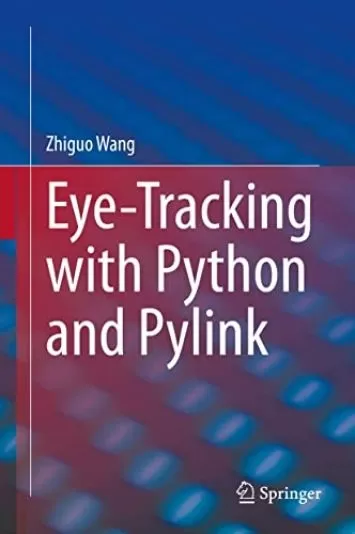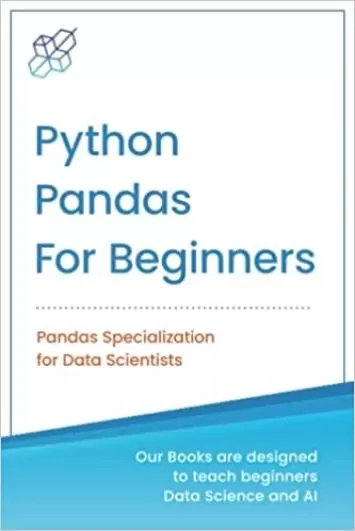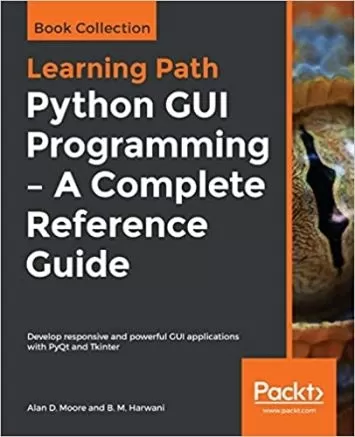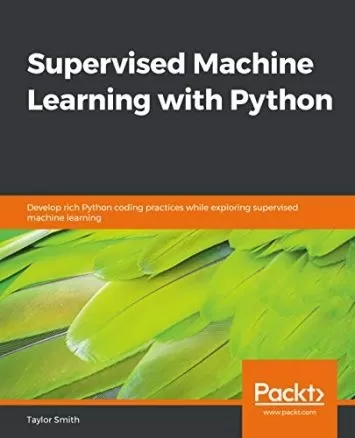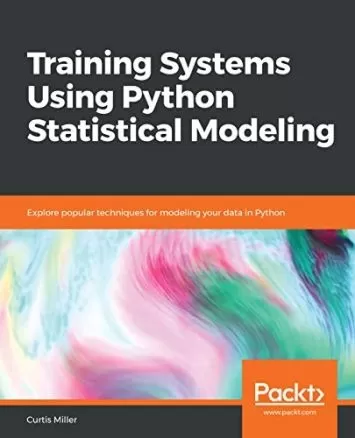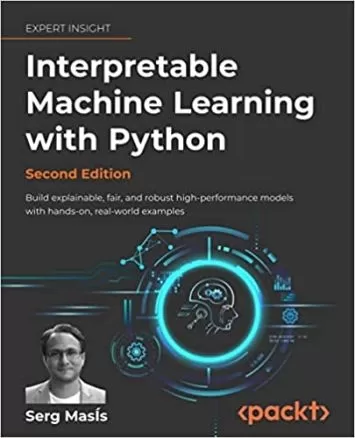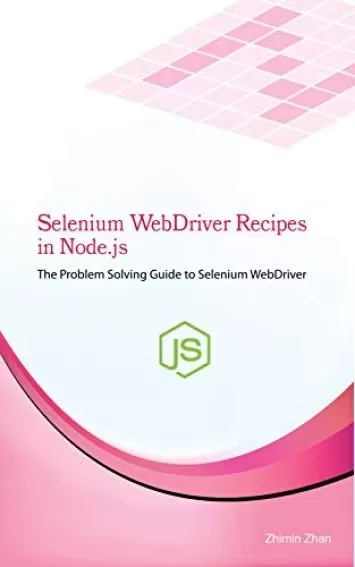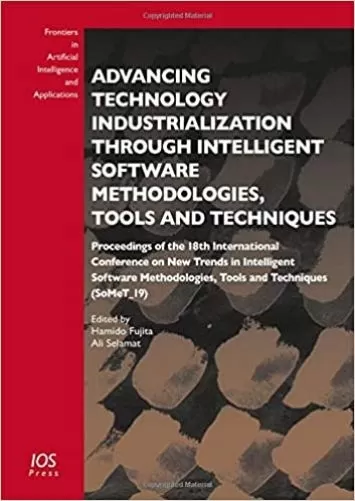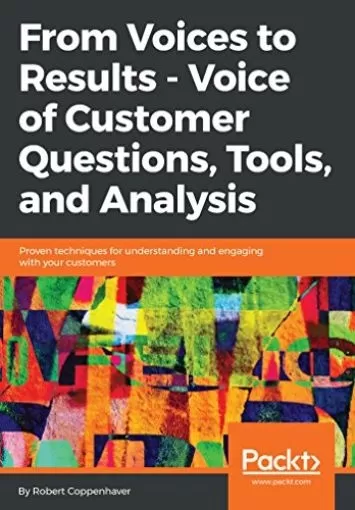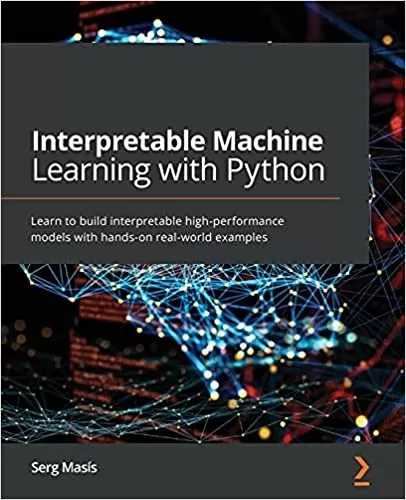
Interpretable Machine Learning with Python: Learn to build interpretable high-performance models with hands-on real-world examples
Category
Author
Publication
Packt Publishing
Do you want to understand your models and mitigate risks associated with poor predictions using machine learning (ML) interpretation? Interpretable Machine Learning with Python can help you work effectively with ML models.
The first section of the book is a beginner's guide to interpretability, covering its relevance in business and exploring its key aspects and challenges. You'll focus on how white-box models work, compare them to black-box and glass-box models, and examine their trade-off. The second section will get you up to speed with a vast array of interpretation methods, also known as Explainable AI (XAI) methods, and how to apply them to different use cases, be it for classification or regression, for tabular, time-series, image or text. In addition to the step-by-step code, the book also helps the reader to interpret model outcomes using examples. In the third section, you'll get hands-on with tuning models and training data for interpretability by reducing complexity, mitigating bias, placing guardrails, and enhancing reliability. The methods you'll explore here range from state-of-the-art feature selection and dataset debiasing methods to monotonic constraints and adversarial retraining.
By the end of this book, you'll be able to understand ML models better and enhance them through interpretability tuning.
About the Author
Serg Mass has been at the confluence of the internet, application development, and analytics for the last two decades. Currently, he's a Climate and Agronomic Data Scientist at Syngenta, a leading agribusiness company with a mission to improve global food security. Before that role, he co-founded a startup, incubated by Harvard Innovation Labs, that combined the power of cloud computing and machine learning with principles in decision-making science to expose users to new places and events. Whether it pertains to leisure activities, plant diseases, or customer lifetime value, Serg is passionate about providing the often-missing link between data and decision-making and machine learning interpretation helps bridge this gap more robustly.
- Recognize the importance of interpretability in business
- Study models that are intrinsically interpretable such as linear models, decision trees, and Naive Bayes
- Become well-versed in interpreting models with model-agnostic methods
- Visualize how an image classifier works and what it learns
- Understand how to mitigate the influence of bias in datasets
- Discover how to make models more reliable with adversarial robustness
- Use monotonic constraints to make fairer and safer models
This book is for data scientists, machine learning developers, and data stewards who have an increasingly critical responsibility to explain how the AI systems they develop work, their impact on decision making, and how they identify and manage bias. Working knowledge of machine learning and the Python programming language is expected.
- Interpretation, Interpretability and Explainability; and why does it all matter?
- Key Concepts of Interpretability
- Interpretation Challenges
- Fundamentals of Feature Importance and Impact
- Global Model-Agnostic Interpretation Methods
- Local Model-Agnostic Interpretation Methods
- Anchor and Counterfactual Explanations
- Visualizing Convolutional Neural Networks
- Interpretation Methods for Multivariate Forecasting and Sensitivity Analysis
- Feature Selection and Engineering for Interpretability
- Bias Mitigation and Causal Inference Methods
- Monotonic Constraints and Model Tuning for Interpretability
- Adversarial Robustness
- What's Next for Machine Learning Interpretability?









